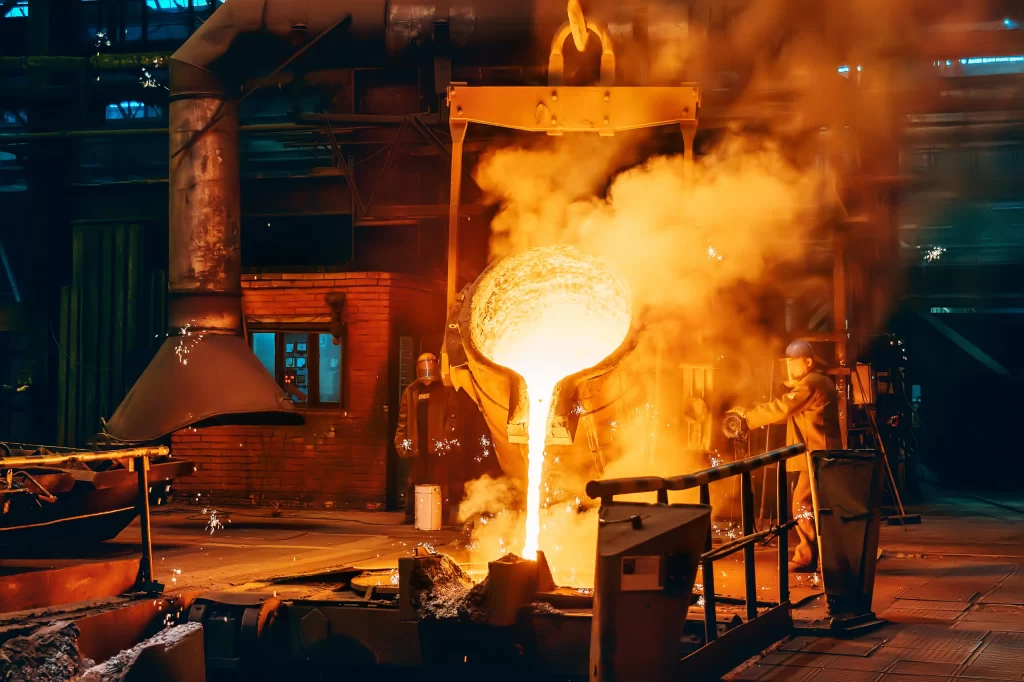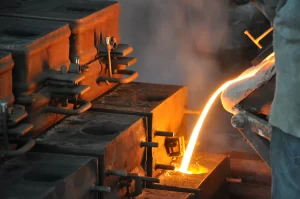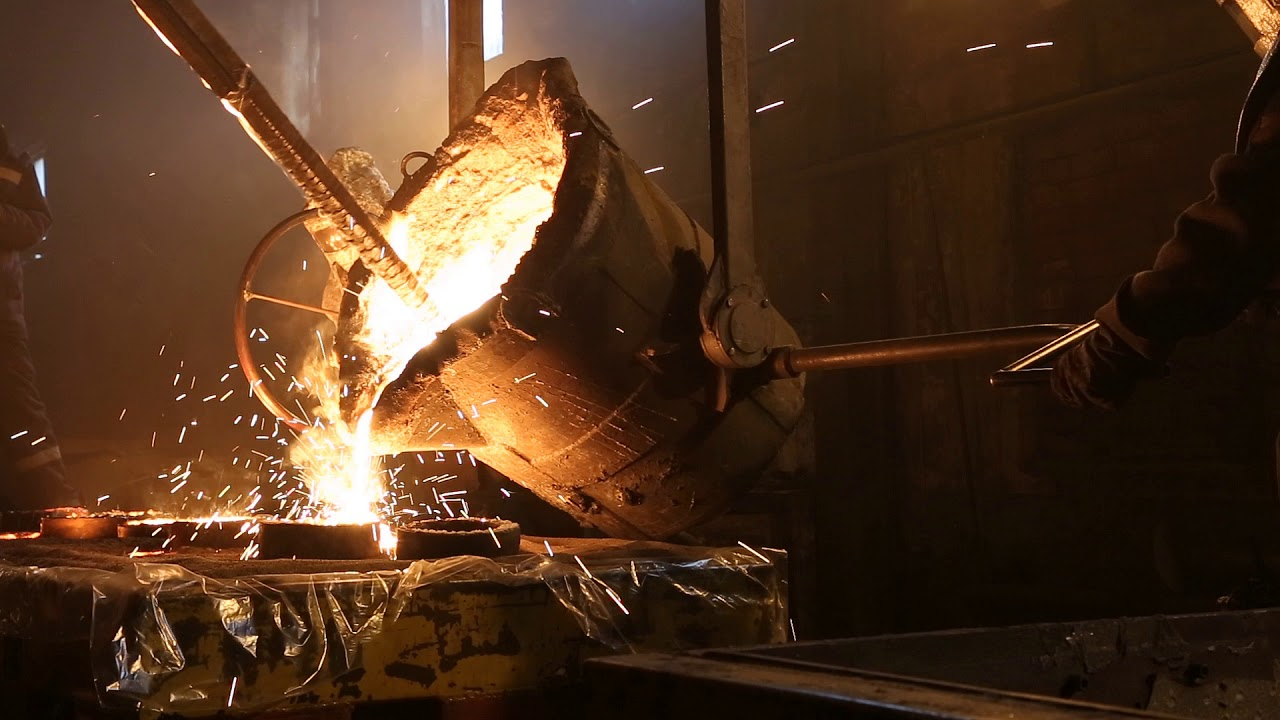
What is Cast Iron Casting?
Cast iron casting is a manufacturing process where molten cast iron is poured into a mold to create a specific shape once it solidifies. It’s been used for centuries to produce everything from engine blocks to manhole covers to cookware.
🧱 Types of Cast Iron Commonly Used:
-
Gray Cast Iron
-
Most common type
-
Excellent damping (vibration resistance)
-
Used in engine blocks, pipes, machine bases
-
-
Ductile (Nodular) Cast Iron
-
Stronger and more impact-resistant
-
Has tiny nodules of graphite
-
Used in automotive components and gears
-
-
White Cast Iron
-
Hard and brittle
-
Resists wear but cracks easily
-
Used in grinding balls and liners
-
-
-
Heat-treated white iron
-
More flexible than gray or white iron
-
Used for small, intricate parts like brackets and fasteners
-
🏭 Cast Iron Casting Process Steps:
-
Pattern Making
-
A replica of the final object made from wood, plastic, or metal
-
-
Mold Making (Usually Sand Molding)
-
The pattern is pressed into sand to create a cavity
-
-
Melting the Iron
-
Cast iron is melted in a furnace (often a cupola or induction furnace)
-
-
Pouring
-
Molten iron is poured into the mold cavity
-
-
Cooling and Solidification
-
The metal solidifies into the shape of the mold
-
-
Shakeout and Cleaning
-
The sand mold is broken, and the casting is cleaned of excess material
-
-
Finishing and Inspection
-
Final touches like grinding, machining, or coating
-
Inspected for defects like porosity, cracks, or misruns
-
📦 Where It’s Used:
-
Automotive industry – engine blocks, brake drums
-
Construction – pipes, valves, manhole covers
-
Home & Kitchen – pans, cookware
-
Industrial machinery – machine frames, pump housings
💬 Fun Fact:
Gray cast iron gets its name because when it breaks, the fracture surface appears gray due to graphite flakes!

